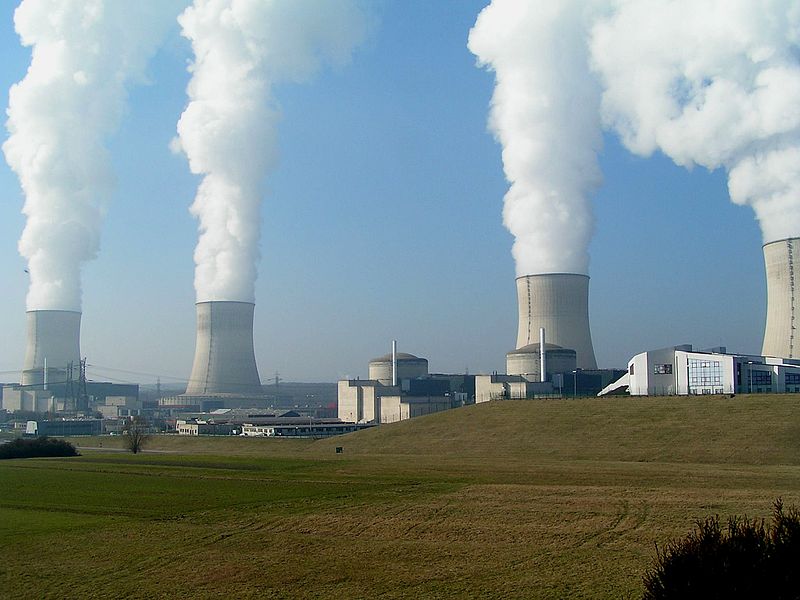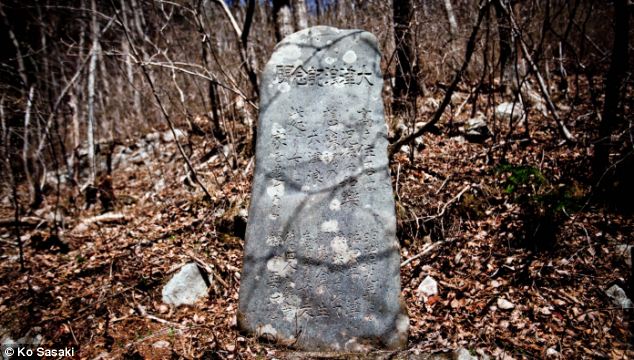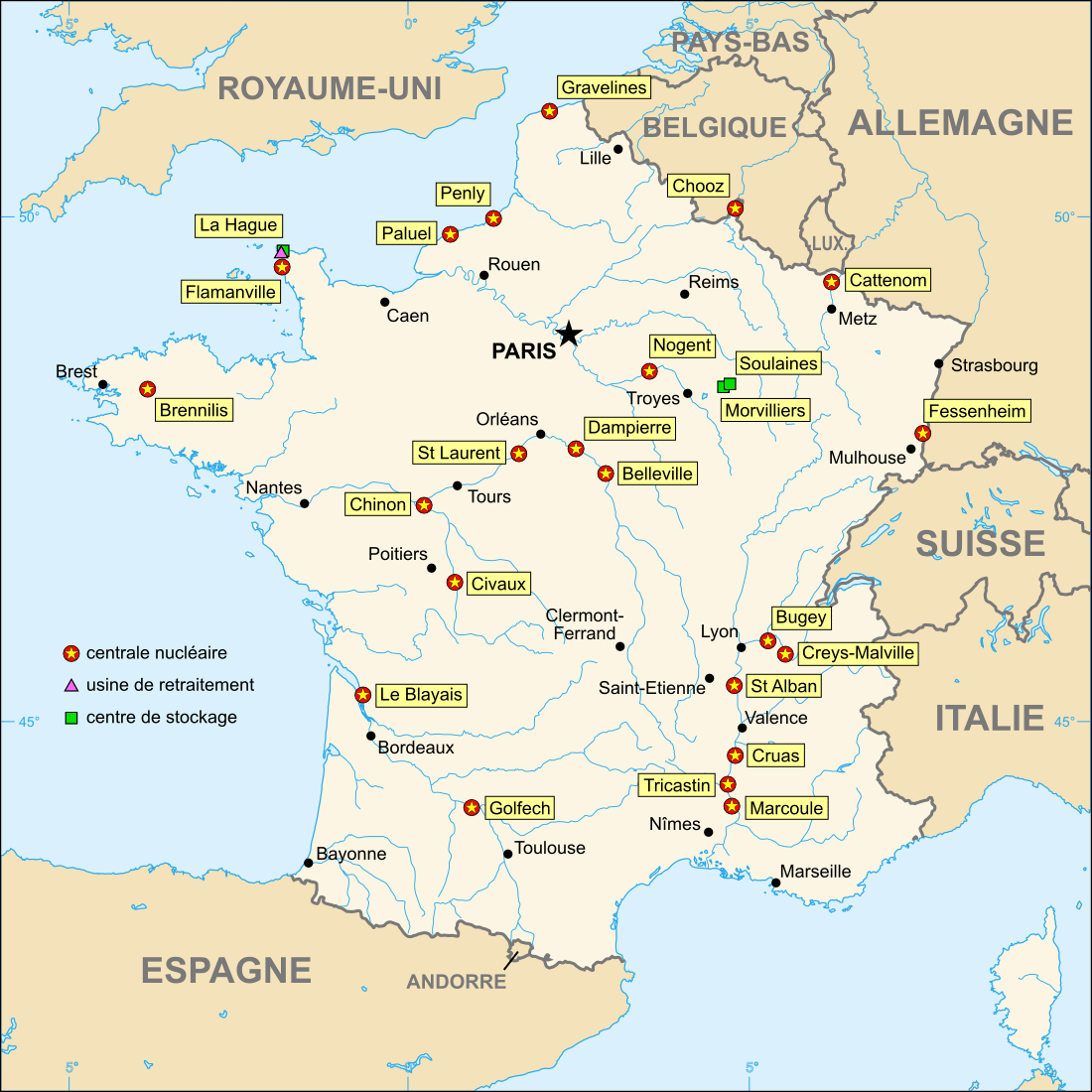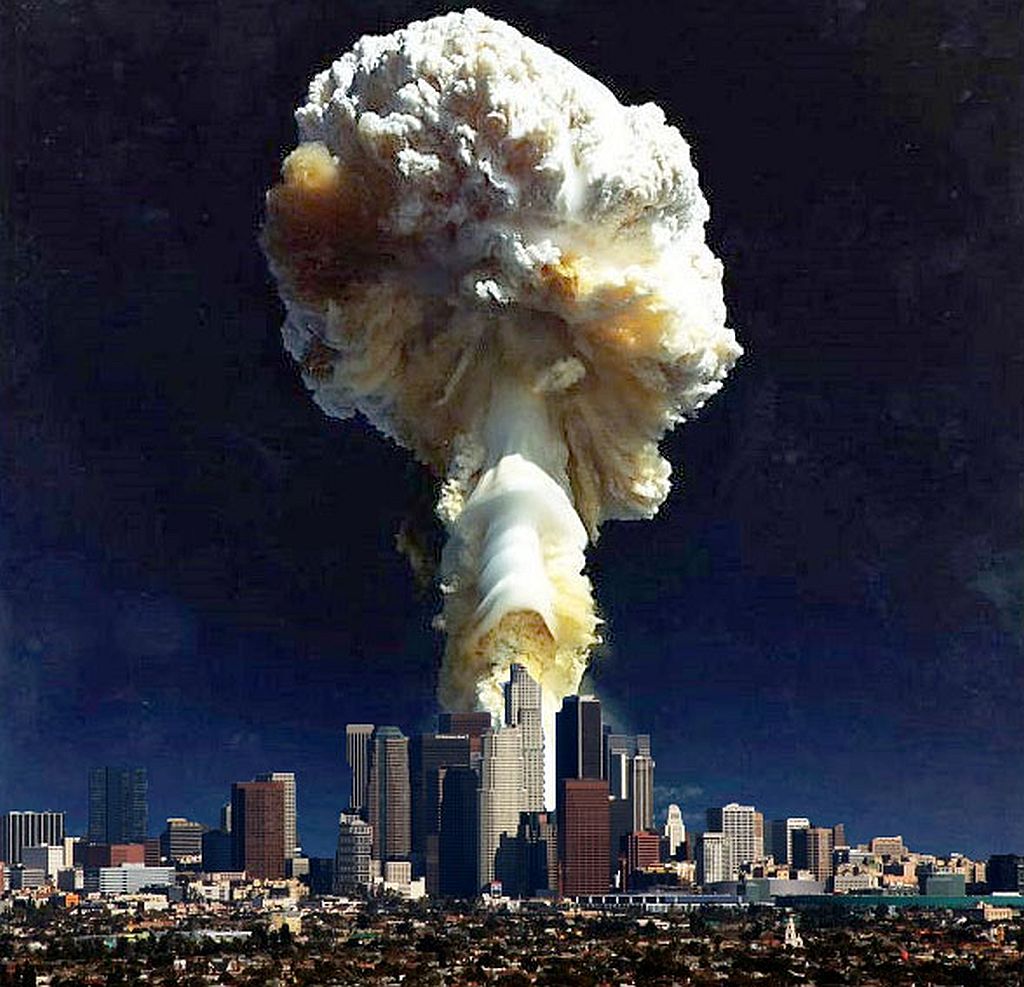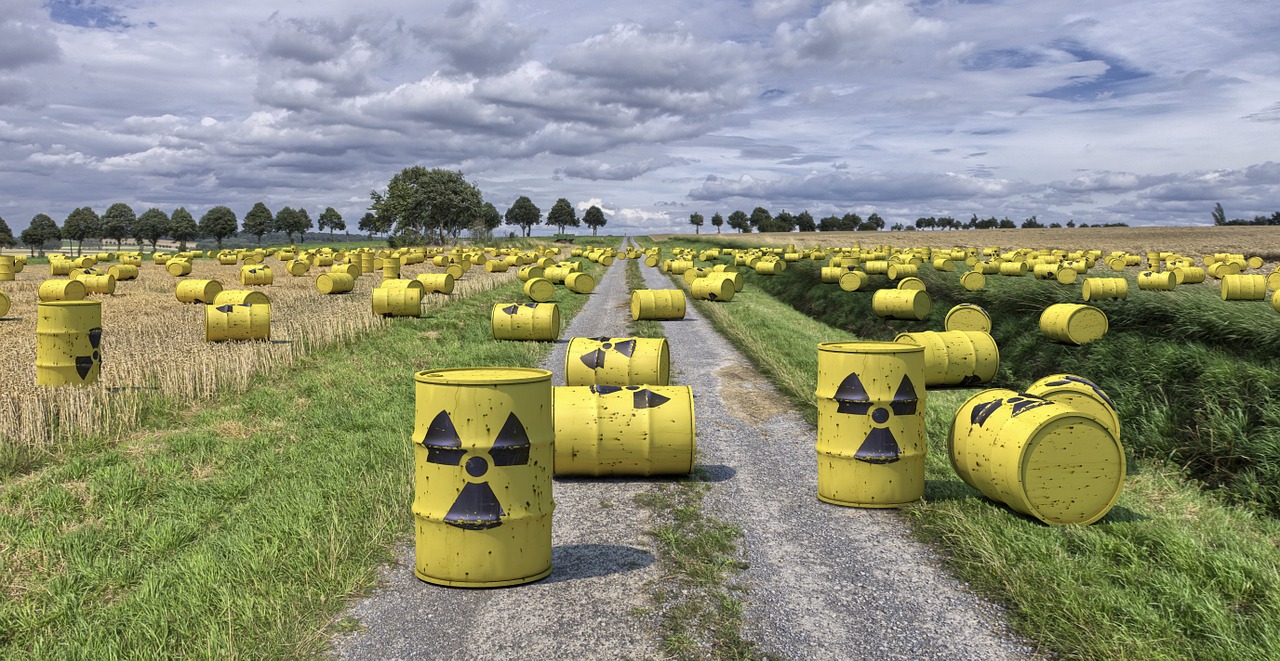Perhaps the most poignant image of the Fukushima nuclear disaster may be the mystic four foot-high 700 year old stone, reportedly one of hundreds of similar signs near Fukushima, warning people not to build housing below that point due to previous tsunamis that had destroyed local villages. Just 300 feet down from the stone sits a blue line painted on the road marking the highest point reached by the Fukushima tsunami: 127.6 feet (38.8 m).
700 Year Old Fukushima Tsunami Warning:
“High dwellings are the peace and harmony of our descendants. Remember the calamity of the great tsunamis. Do not build any homes below this point.”
One may never know if decision-makers in the Japanese government and power industry were aware of these markers or if they would of done anything had they known.
Incidence of Major Nuclear Disasters: Every 10 to 20 years
A recent report by the Max-Planck-Gesellschaft looking into the probability of contamination from severe nuclear reactor accidents found that their probability is higher than expected. Western Europe, according to the report, has the highest risk worldwide of radioactive contamination caused by major reactor accidents. Scientists have calculated that such events may occur once every 10 to 20 years based on the number of reactors worldwide. This is 200 times more likely than previous estimates.
To calculate the likelihood of a nuclear meltdown researchers calculated operating hours of all nuclear reactors worldwide from the time of commissioning to the end of commissioning or to the present moment, if still operating; total operating hours were calculated at 14,500 years. The total number of reactor meltdowns totals for and includes one at Chernobyl and three at Fukushima. Dividing the total operating hours in years by the number of major accidents a major accident happens every 3,625 operating years, or, given the number of reactors worldwide, about every 10 to 20 years.
In typical scenarios involving average size nuclear plants radioactive cesium-137 would spread over an area of more than 650 miles (1000 km).
Controversial French Report
According to Reuters, the French government recently estimated the cost of a major nuclear disaster in France and instead of publicly reporting the results they kept the details secret. Like in Fukushima where warning signs, literally, existed in broad daylight, the French thought it too controversial to bring to the attention of France’s voters. The French nuclear industry must be weary that French voters will want to follow the Germans and terminating nuclear power; no wonder they blinked.
The report estimated a range of accident scenarios and in the best case the of cleanup would be $993 billion (€760 billion) and the worst-case scenario $7.5 trillion (€5.8 trillion). I have double and triple checked these numbers and in fact the report says the amount is over three times France’s GDP which is $2.77 trillion!
What would cause these expenses? One-hundred thousand French would displaced and their environment would be contaminated with radioactive material, destroy crops and create major power outages. As has happened in Japan there would be huge financial losses from the damage to France’s image. French exports of delicacies and the tourism industry would lose $126 billion (€160 billion).
The Fukushima disaster cost Japan about $270 billion (€200 billion) but the report says that France would be worse off. Japan does not have the international tourism industry of France and the winds in Japan were favorable to the relatively sparse spreading of nuclear fallout immediately after the accident. In a French nuclear disaster neighboring countries would likely be affected.
According to the Wall Street Journal France is planning on reducing its 58 nuclear plants by 25% and is putting in place tougher nuclear rules in order to help avoid disasters.

